Final Fantasy 7 Remake spoiler-free review - this game are sick
The year is 2020 and a remake of a game I played when I was ten years old is more exciting and relevant than almost everything else.
Final Fantasy 7 Remake is a reflection of our times. The world is waking up to the realisation that it’s the people at the bottom who keep the gears turning on the machines that support our comfortable lives, while money still flows to the top. This reimagining keeps the fires of revolution burning bright like the tail on a magical lab rat/dog.
Final Fantasy 7 Remake is set in the dystopia of Midgar - the entire adventure takes place here, within the confines of the original game’s first city. But what a city! This cyberpunk metropolis is shaped like a pizza, as Barret - leader of eco-terrorist group, Avalanche - constantly points out.
The Shinra building is the centerpiece - a self-congratulatory beacon of the corporation’s achievements. At the edge of each slice - called sectors - the mako reactors suck up the planet’s lifeforce. Dilapidated slums sit below a metal plate like a tomato base, lit up by the glow of artificial lights shining down from the steel sky above. Above the layer of steel cheese there’s the upper cities - the topping - where the wealthiest look up to see real stars.
You play as Cloud Strife, a mercenary and retired Shinra Soldier - elite fighters altered by mako, giving them distinctive eyes and the ability to swing six-foot swords with twiggy arms. He’s in Midgar for a job from his childhood friend, Tifa, who runs a bar in one of the slums which doubles as Avalanche’s base of operations. The game begins on his first mission with the group, planting a bomb inside a reactor.
Everything you remember is here: Cloud flips from the top of a train; Avalanche demolitions expert Jessie kicks a man so hard in the gut he presumably dies; and there’s a fight with a robot scorpion. But it’s all displayed at a fidelity that would have made my brain explode in 1997. The Guard Scorpion fight is a real spectacle, and most of the boss fights across the 40 hour adventure are similarly lavish.
It’s not just the battles, though. The interplay between characters is next-level. Everyone is more believable. Each character is distinct and they grow over the course of the story. There’s a tender character moment about midway through that adds more depth to Cloud than was ever possible with the original game’s text boxes - since now emotions can be portrayed wordlessly.
That’s not to say it’s perfect. Barret is an adorable doofus and a good dad, but he often slips into a Mr. T-style stereotype - he literally says, “Quit your jibber jabber” in fights. Bad. Then there’s Wedge, a fat dude who always talks about food. Also bad. But it mostly stays true to these beloved characters, and new players will likely grow to adore them too. I love little animation touches as well, like how Barret stands with his weight shifted to one side - presumably because one of his arms is a massive gun.
Side characters are underbaked, but they have their moments. Early on there are two Shinra troops standing by a gate and you can interact with them to get a handful of different responses. This optional dialogue adds more context to a cutscene that happens later on, rewarding you for your curiosity. It reminds me of that one NPC in the original Midgar whose perspective literally changes as you progress - by the end he realises that he should always look straight ahead so he can have full situational awareness.
It’s just lovely. Being with these incredible characters again, combined with the nostalgic music, is almost like a religious experience. Aerith’s theme still stirs something inside me. Exploring the dirty entertainment hub of Wall Market is like stepping through a portal into a childhood dream, though the section you’re looking forward to most here is probably the cheesiest thing I’ve ever seen. It’s great, but I wouldn’t have wanted anyone walking in. Thank god we’re in lockdown in the UK, eh? Shame my kids don’t respect me anymore.
That’s always been one of the best things about Final Fantasy 7, though - how it fluctuates between serious themes and weirdness. One minute you’re confronting a crime boss who abuses women and the next you’re doing squats with hench gym bros. You can fight a menacing behemoth and summon a giant chicken to help you kick its ass. Characters use the word “mosey”.
So, what’s new? Obviously Midgar is now a continuous space, rather than a series of screens you travel between. This means it’s much larger, and there’s spaces between the ‘screens’. It’s a mostly linear journey, but dungeons are vast - there’s also a bunch of new ones - and hubs are more intricate. These expanded spaces also give the characters more time to bond, with conversations playing over exploration. Again, that wasn’t possible before, since text boxes forced everything to come to a stop for conversations. Relationships now take a front seat.
The combat plays out in real-time - you see enemies in the field and it instantly transitions into battle, Cloud pulling the huge sword from his back. Our spiky-haired protagonist has two stances - Operator and Punisher Mode. Operator Mode is for wide swings and damaging multiple enemies while retaining mobility. Punisher Mode turtles you up with the sword facing outwards and allows for more damaging strikes and block counters. You can also bring up a menu to slow time to a crawl as you choose an ability or spell. Every action that isn’t a melee attack, including item use, drains a chunk of your ATB gauge, which you build up by attacking, so you have to juggle between offensive and defensive while keeping your health topped up.
Battles are frenetic and exciting. When you master the combat system you’re switching between characters to fire off abilities and combine their damage outputs at just the right time, putting enemies into a ‘stagger’ status where they’re opened up for more punishment. Each character plays differently, and these differences really shine when you take on some of the endgame challenges in the game’s VR combat simulator - these offer one-on-one duels, and you have to adapt your tactics to suit who you’re controlling.
Magic reappears in the form of materia - gems that can be slotted into weapons and armour to be used in battle as spells or buffs. In a lovely touch, you can physically see them on each character’s weapon. Slotting them also improves your stats, much like how drawing magic in Final Fantasy 8 can buff you up. Then there are linked materia slots, where you can use special materia to heighten the effects of the materia it’s linked with. It makes you feel like a master tactician when you rejig your equipment to get an edge.
On top of all that there’s your weapons. Each unlockable weapon has its own upgrade path that’s reminiscent of a simplified version of Final Fantasy 10’s sphere grid - you unlock nodes that provide stat buffs. Some are built around raw power, others are built around magic damage or speed. Each also has an unlockable skill you can master to use with any weapon. All of this together makes character building fluid and flexible.
I don’t say this lightly, Final Fantasy 7 Remake has the best combat system in a 3D Final Fantasy game. It’s like a living cutscene. It’s like playable Omnislash. It’s like controlling Advent Children… if Advent Children had a better story.
Not all of the changes are as successful, however. This 40 hour game is based on the first six hours of the original. That means there’s a bunch of filler. Most of the sidequests are like something out of an MMO: you talk to an NPC, they tell you to go kill something. Each hub has five or six of these. Only one of the sidequests led me to an interesting battle, and I had to backtrack through a dungeon to get there.
Before release, Square Enix said this remake was built with new players in mind. There’s plenty of nods for fans - wait until you see what they’ve done with one of Final Fantasy 7’s most ridiculous enemies - but there are a bunch of new cutscenes and characters too. This story can be spoiled. Be vigilant.
Some of the changes are huge, and not entirely successful. I won’t go into details, but one tweak left me feeling like I’d been conned. And newcomers will likely just have no idea what’s going on. Characters that were fleshed out over the course of the original game feel rushed and without context - it’s like you’re expected to know who they are. It is too meta.
While I’m excited for the next game, I felt deflated for an entire day after the credits rolled. But the journey is completely worth it. Midgar is so well-realised, the main characters are wonderfully done, and the battle system is masterful. I can see myself moseying through the entire 40 hours again. At times it felt almost overwhelming to actually be playing it - like Square Enix had made a game specifically for me. I just wish the loyalty to the source material lasted throughout. Despite that, there’s no denying that this is the best Final Fantasy has been in a long time.
Version tested: PS4 Pro - a review copy was provided by Square Enix.
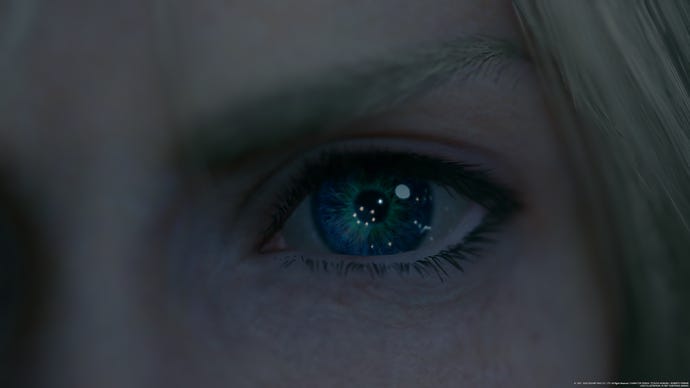




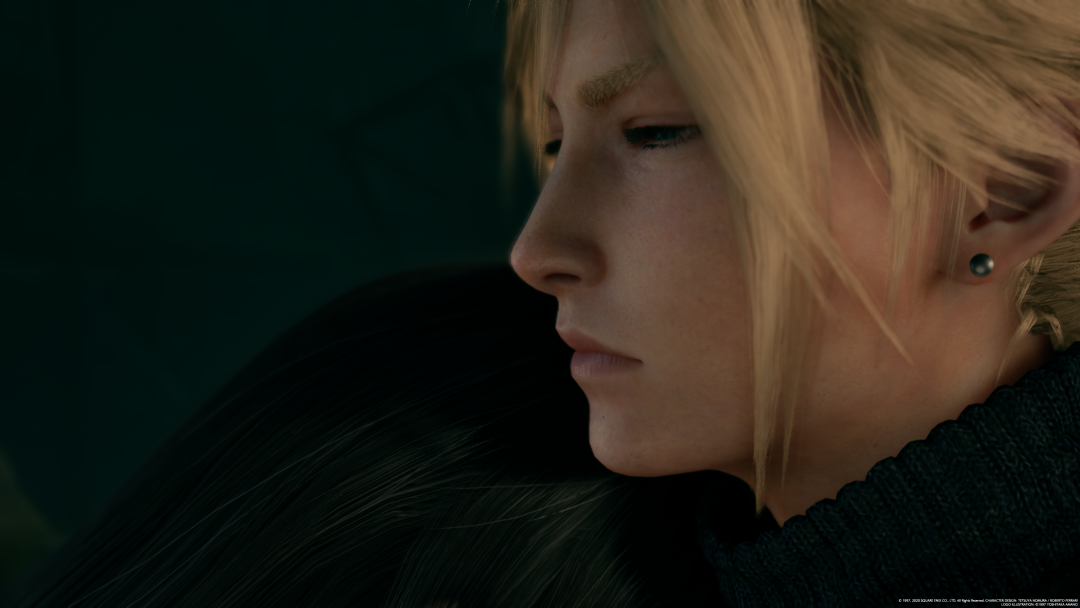
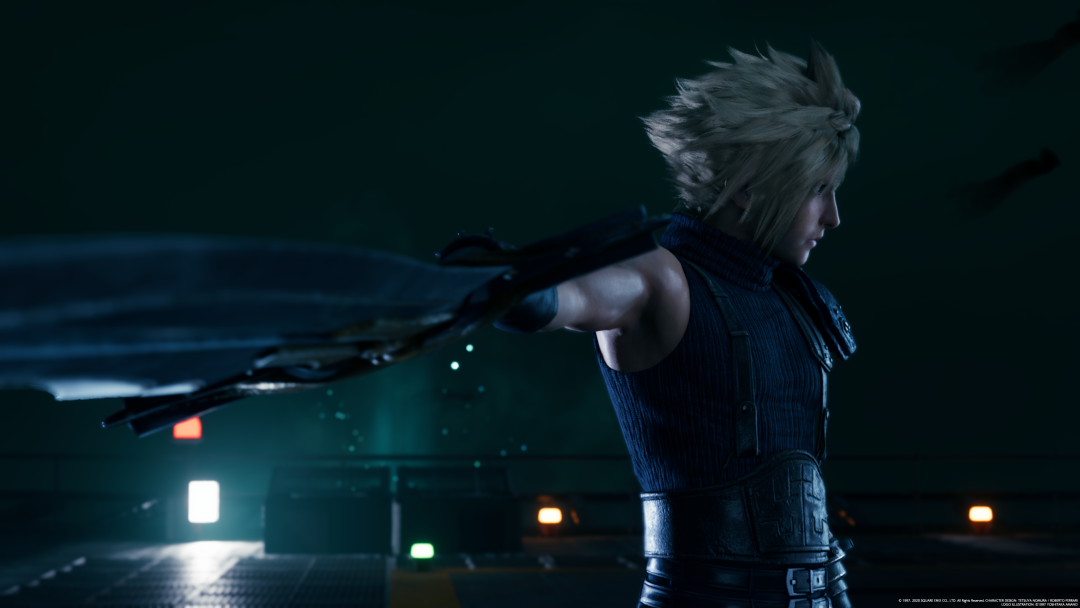
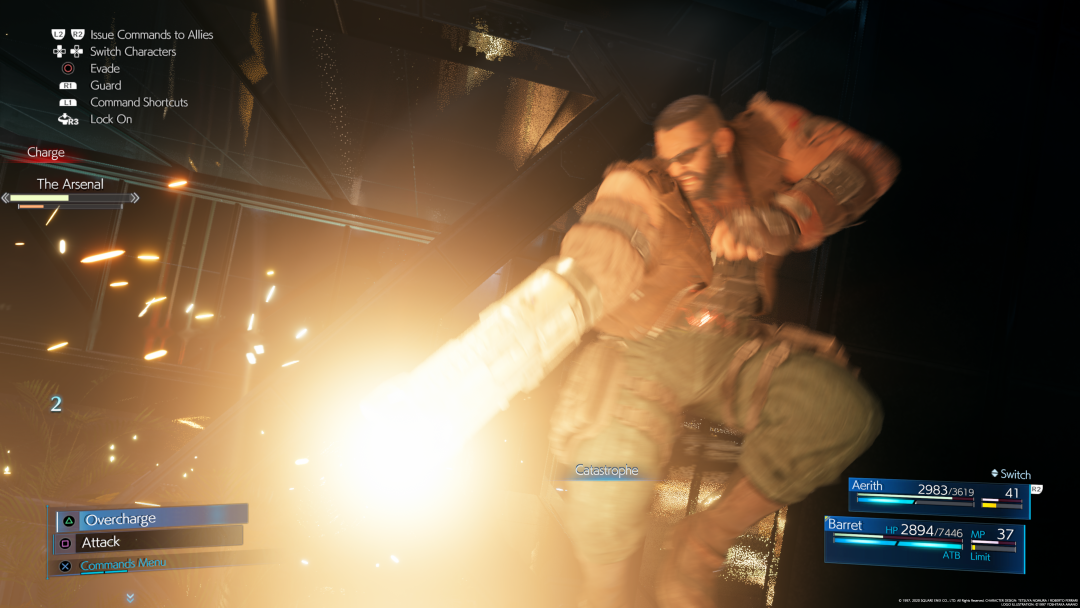
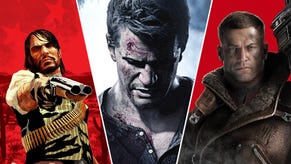



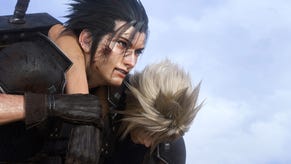
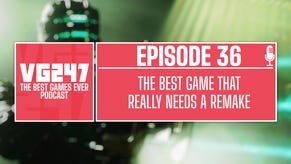

.jpg?width=291&height=164&fit=crop&quality=80&format=jpg&auto=webp)